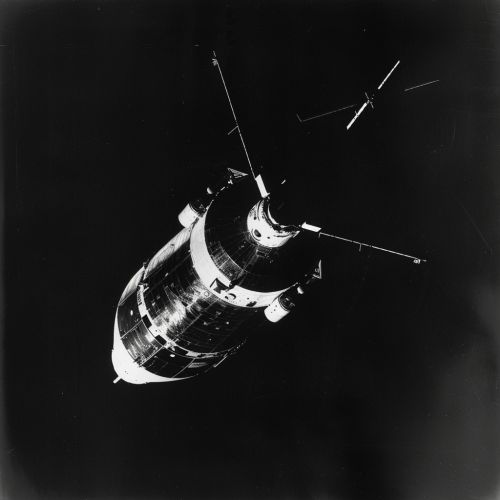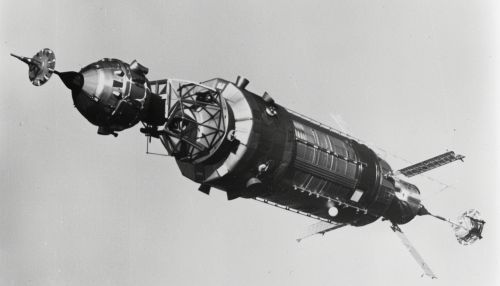Vostok 1
Background
Vostok 1 was the first spaceflight of the Vostok program and the first manned spaceflight in history. The Vostok 3KA spacecraft was launched on April 12, 1961. The pilot, Yuri Gagarin, a Russian cosmonaut, became the first person to orbit the Earth.


Mission Planning
The mission was planned by the Soviet Union as a major milestone in space exploration and a victory in the Space Race against the United States. The spacecraft was designed by Sergei Korolev, the chief designer of the Soviet space program. The mission was part of the Vostok program, which aimed to put a man in orbit around the Earth.
Vostok 1 Spacecraft
The Vostok 1 spacecraft was a spherical capsule, with a diameter of 2.3 meters and a mass of 4.73 tonnes. It was equipped with life-support systems, a radio and telemetry system, and a self-destruct system. The spacecraft was designed to be controlled from the ground, but Gagarin had a manual control option in case of emergency.
Launch and Orbit
The Vostok 1 was launched from the Baikonur Cosmodrome in Kazakhstan. The launch vehicle was a modified R-7 rocket. The spacecraft reached a maximum altitude of 327 kilometers and completed an orbit around the Earth in 108 minutes.
Return and Recovery
After one orbit, the spacecraft's retrorocket was fired to begin the descent. The spacecraft reentered the Earth's atmosphere, and Gagarin ejected from the capsule at an altitude of 7 kilometers. He parachuted safely to the ground in the Saratov region of the Soviet Union.
Impact and Legacy
The Vostok 1 mission had a significant impact on the Space Race and was a major propaganda victory for the Soviet Union. It marked the beginning of manned space exploration and paved the way for future space missions. The mission's success led to a series of manned missions under the Vostok program.
